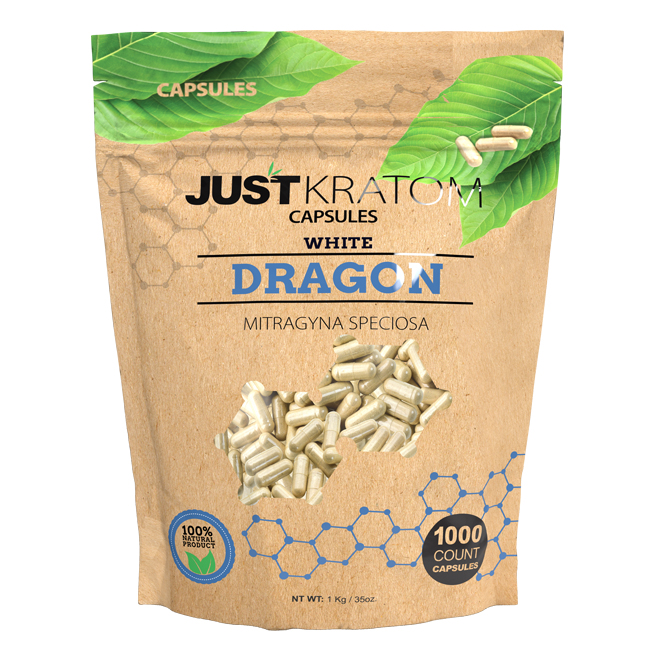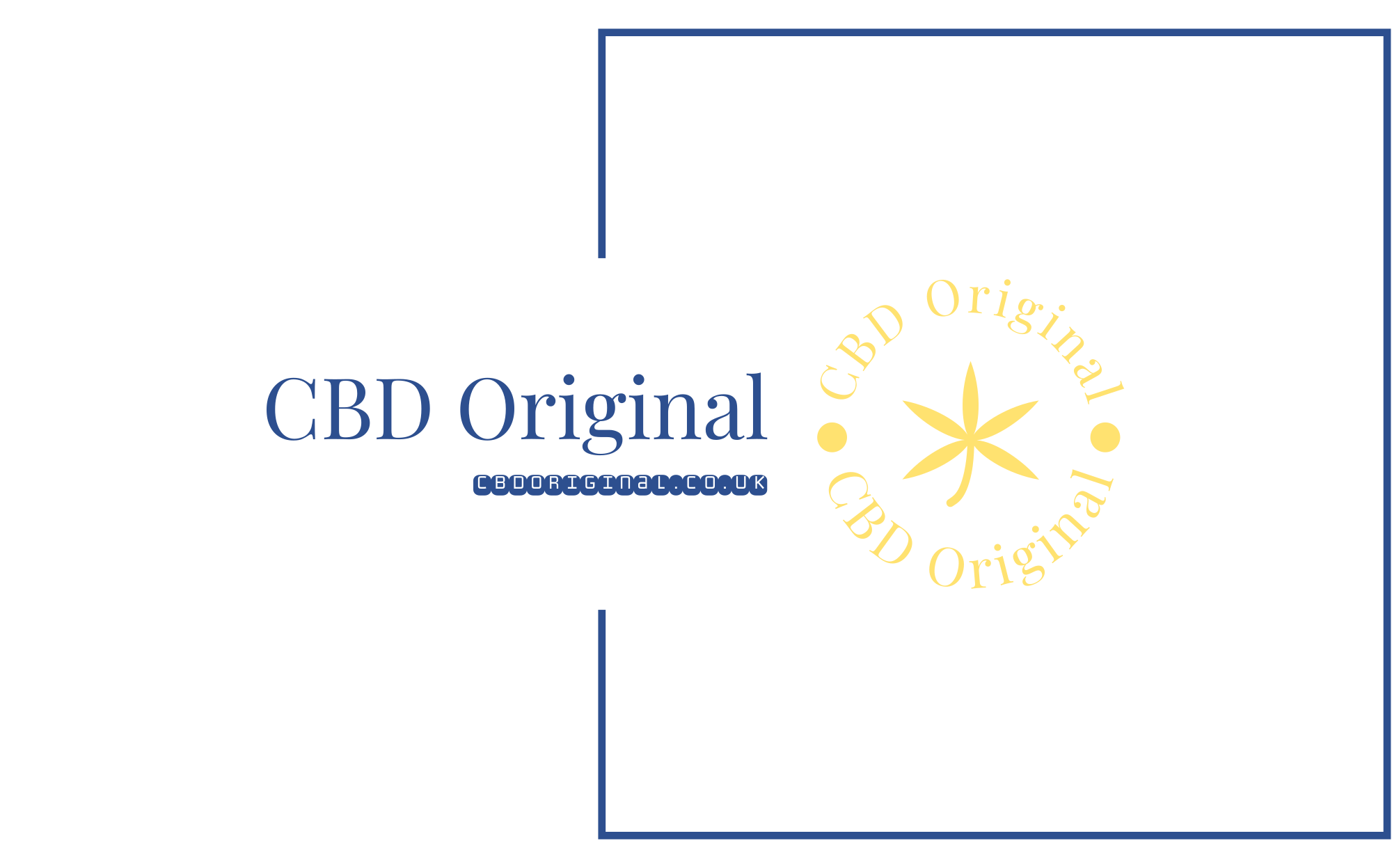Understanding Demigender Identity Demisexuality isn’t simply a fleeting phase or trend; it represents a genuine aspect of gender diversity. Understanding…
What is Kratom?
Kratom, a tropical evergreen tree native to Southeast Asia, has gained widespread attention for its potential medicinal properties. Derived from the leaves of the Mitragyna speciosa plant, kratom contains alkaloids that interact with opioid receptors in the brain.
Origins and History
Kratom, a tropical evergreen tree native to Southeast Asia, has gained widespread attention for its potential medicinal properties. Derived from the leaves of the Mitragyna speciosa plant, kratom contains alkaloids that interact with opioid receptors in the brain.
For centuries, kratom has been used traditionally by indigenous peoples in Southeast Asia as a natural remedy for various ailments, including pain, fatigue, and diarrhea. Its use was often integrated into traditional healing practices and spiritual ceremonies.
The history of kratom’s use stretches back over thousands of years. Archaeological evidence suggests that the plant may have been consumed by early civilizations in the region. During this time, its leaves were chewed for their stimulating and pain-relieving effects.
Chemical Composition
Kratom is a tropical evergreen tree native to Southeast Asia, known scientifically as Mitragyna speciosa. Its leaves contain various alkaloids, the most prominent being mitragynine and 7-hydroxymitragynine. These alkaloids interact with opioid receptors in the brain, leading to its reported effects.
Mitragynine is responsible for kratom’s stimulant properties at lower doses, while 7-hydroxymitragynine contributes to its pain-relieving and sedative effects at higher doses. The precise chemical composition of kratom can vary depending on factors such as the plant’s age, growing conditions, and part used (leaves, stems, etc.).
Traditional Uses
Kratom, a tropical evergreen tree native to Southeast Asia, has gained widespread attention for its potential medicinal properties. Derived from the leaves of the Mitragyna speciosa plant, kratom contains alkaloids that interact with opioid receptors in the brain.
For centuries, kratom has been used traditionally by indigenous peoples in Southeast Asia as a natural remedy for various ailments, including pain, fatigue, and diarrhea. Its use was often integrated into traditional healing practices and spiritual ceremonies.
The history of kratom’s use stretches back over thousands of years. Archaeological evidence suggests that the plant may have been consumed by early civilizations in the region. During this time, its leaves were chewed for their stimulating and pain-relieving effects.
Kratom for Detoxification
Kratom, a tropical evergreen tree native to Southeast Asia, has gained widespread attention for its potential medicinal properties. Derived from the leaves of the Mitragyna speciosa plant, kratom contains alkaloids that interact with opioid receptors in the brain. For centuries, indigenous peoples in Southeast Asia have used kratom traditionally as a natural remedy for various ailments, including pain, fatigue, and diarrhea.
Proposed Mechanisms of Action
Proposed mechanisms by which kratom might aid in detoxification are not fully understood and require further research. Some hypotheses suggest that kratom’s alkaloids may interact with opioid receptors in the brain, potentially influencing neurotransmitter activity and impacting various metabolic processes.
Kratom’s potential to modulate the gut microbiome has also been proposed as a possible mechanism for detoxification. The gut microbiota plays a crucial role in metabolizing substances and eliminating toxins from the body. Changes in gut microbial composition could potentially influence toxin elimination pathways.
Types of Substances Detoxified
While some proponents suggest that kratom can aid in detoxification, scientific evidence supporting these claims is limited. Kratom’s alkaloids may interact with opioid receptors in the brain, influencing neurotransmitter activity and potentially impacting metabolic processes. Some hypothesize that this interaction could contribute to detoxification.
There are also suggestions that kratom might modulate the gut microbiome, which plays a vital role in metabolizing substances and eliminating toxins. However, more research is needed to understand how these mechanisms might specifically contribute to detoxification processes and which substances they could potentially affect.
Scientific Evidence Supporting Claims
Despite claims that kratom can assist in detoxification, scientific evidence supporting these assertions is limited.
Some proponents suggest that kratom’s alkaloids may interact with opioid receptors in the brain, influencing neurotransmitter activity and potentially impacting metabolic processes involved in detoxification. However, research on this specific mechanism is limited and requires further investigation.
There are also hypotheses that kratom could modulate the gut microbiome, which plays a crucial role in metabolizing substances and eliminating toxins. Changes in gut microbial composition could potentially influence toxin elimination pathways. However, more research is needed to understand how kratom might affect the gut microbiome and its potential impact on detoxification processes.
Potential Benefits and Risks of Using Kratom for Detox
While some individuals believe that kratom can assist in cleansing the body, scientific evidence supporting these claims is limited. Kratom contains alkaloids that interact with opioid receptors in the brain, which may influence neurotransmitter activity and potentially affect metabolic processes involved in detoxification. However, research on this specific mechanism is still limited.
Additionally, there are suggestions that kratom could modulate the gut microbiome, which plays a vital role in metabolizing substances and eliminating toxins. However, more research is needed to understand how kratom might impact the gut microbiome and its potential role in detoxification processes.
Benefits
Kratom proponents suggest it can aid in detoxification by interacting with opioid receptors in the brain, potentially influencing neurotransmitter activity and metabolic processes involved in detoxification. However, scientific evidence supporting these claims is limited and requires further research.
Another proposed mechanism is kratom’s potential to modulate the gut microbiome, which plays a crucial role in eliminating toxins. Changes in gut microbial composition could potentially influence toxin elimination pathways. More research is needed to understand how kratom might affect the gut microbiome and its impact on detoxification.
It’s important to note that using kratom for detoxification should be approached with caution. Kratom can have side effects, such as nausea, constipation, and increased heart rate.
Long-term use of kratom can lead to dependence and withdrawal symptoms. Furthermore, the safety and efficacy of kratom for detoxification remain uncertain.
Risks and Side Effects
While some individuals believe that kratom can assist in cleansing the body, scientific evidence supporting these claims is limited. Kratom contains alkaloids that interact with opioid receptors in the brain, which may influence neurotransmitter activity and potentially affect metabolic processes involved in detoxification. However, research on this specific mechanism is still limited.
Additionally, there are suggestions that kratom could modulate the gut microbiome, which plays a vital role in metabolizing substances and eliminating toxins. However, more research is needed to understand how kratom might impact the gut microbiome and its potential role in detoxification processes.
Kratom, like any substance, carries potential risks and side effects. These can range from mild, such as nausea, constipation, and increased heart rate, to more serious issues including dependence and withdrawal symptoms with long-term use.
The long-term effects of kratom consumption are not fully understood, and its safety for prolonged use remains a concern. It’s crucial to consult with a healthcare professional before using kratom, especially if you have pre-existing health conditions or are taking other medications.
Legality and Regulations
The use of kratom for detoxification purposes is a topic of ongoing debate and investigation. While proponents suggest potential benefits, scientific evidence supporting these claims is limited. Understanding the legal and regulatory landscape surrounding kratom is crucial before considering its use.
Status in Different Countries

The legal status of kratom varies significantly across different countries.
In some countries, kratom is fully legal and widely available, while in others it is prohibited or heavily regulated.
For example, Thailand and Malaysia have banned kratom, citing concerns about its potential for addiction and abuse. In the United States, kratom’s legal status is a complex issue, with varying regulations at the federal, state, and local levels.
While the Drug Enforcement Administration (DEA) has attempted to classify kratom as a Schedule I controlled substance, this action was met with significant opposition from users and advocacy groups.
Currently, kratom remains legal in most US states, although some have implemented restrictions or bans.
European countries have adopted diverse approaches to kratom regulation. Some countries, such as Germany and the Netherlands, have outright banned kratom, while others, like Poland and Romania, have allowed its sale with certain restrictions.
It is essential for individuals considering using kratom to research the specific laws and regulations in their country or region to ensure compliance and avoid potential legal consequences.
Regulations Regarding Sale and Use
The legal status of kratom varies significantly across different countries.
- In some countries, kratom is fully legal and widely available, while in others it is prohibited or heavily regulated.
- Thailand and Malaysia have banned kratom, citing concerns about its potential for addiction and abuse.
- In the United States, kratom’s legal status is a complex issue, with varying regulations at the federal, state, and local levels.
- While the Drug Enforcement Administration (DEA) has attempted to classify kratom as a Schedule I controlled substance, this action was met with significant opposition from users and advocacy groups. Currently, kratom remains legal in most US states, although some have implemented restrictions or bans.
- European countries have adopted diverse approaches to kratom regulation. Some countries, such as Germany and the Netherlands, have outright banned kratom, while others, like Poland and Romania, have allowed its sale with certain restrictions.
It is essential for individuals considering using kratom to research the specific laws and regulations in their country or region to ensure compliance and avoid potential legal consequences.

Alternatives to Kratom for Detoxification
While kratom has gained popularity as a natural remedy for various ailments, its use for detoxification purposes is still largely unproven. There are alternative options available that have more scientific backing.
Conventional Detox Methods
Conventional detox methods generally focus on supporting the body’s natural elimination processes and addressing potential imbalances.
These methods often include:
- Hydration: Drinking plenty of water helps flush toxins from the system.
- Balanced Diet: Consuming nutrient-rich foods provides the body with the necessary tools to detoxify effectively.
- Exercise: Physical activity improves circulation and aids in eliminating waste products.
- Saunas or Steam Baths: These can help promote sweating, which can assist in toxin excretion.
- Sleep: Adequate rest allows the body to repair and regenerate, supporting detoxification processes.
Additionally, some people may choose to incorporate supplements like milk thistle or chlorella, which are believed to have detoxifying properties. However, it’s important to consult with a healthcare professional before using any supplements, as they can interact with medications or have potential side effects.
Natural Supplements and Remedies
While kratom is sometimes touted for its potential detoxification benefits, scientific evidence supporting these claims is limited. If you are considering alternative options for detoxification, there are several natural supplements and remedies backed by more research:
Hydration:** Water is fundamental to the body’s natural detoxification processes. Aim to drink plenty of water throughout the day.
Fiber-Rich Foods:** A diet rich in fruits, vegetables, and whole grains provides fiber, which helps bind toxins in the digestive tract and promotes their elimination.
Milk Thistle: This herb contains silymarin, a compound believed to support liver function and protect against damage from toxins.
Chlorella:** A type of green algae, chlorella is known for its ability to bind heavy metals and other toxins, aiding in their removal from the body.
Probiotics: These beneficial bacteria support a healthy gut microbiome, which plays a crucial role in detoxification. Incorporate fermented foods like yogurt, kefir, or sauerkraut into your diet, or consider taking probiotic supplements.
**Exercise:** Regular physical activity improves circulation and helps the body eliminate waste products.
**Saunas or Steam Baths:** These can promote sweating, which may assist in toxin excretion.
Shop for Kratom capsules with fast shipping
